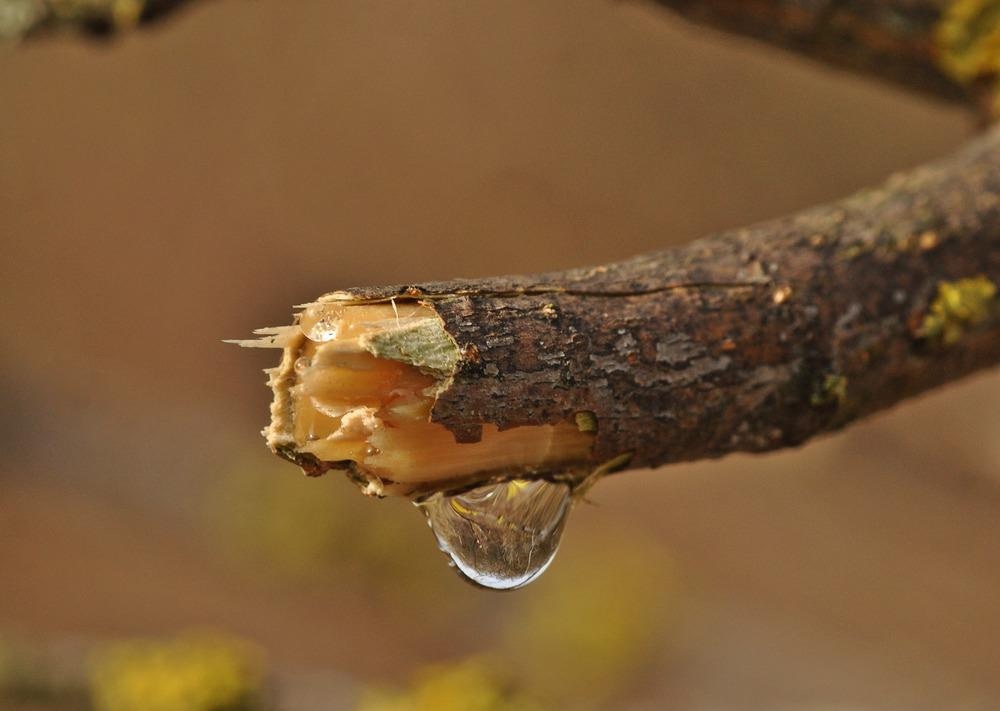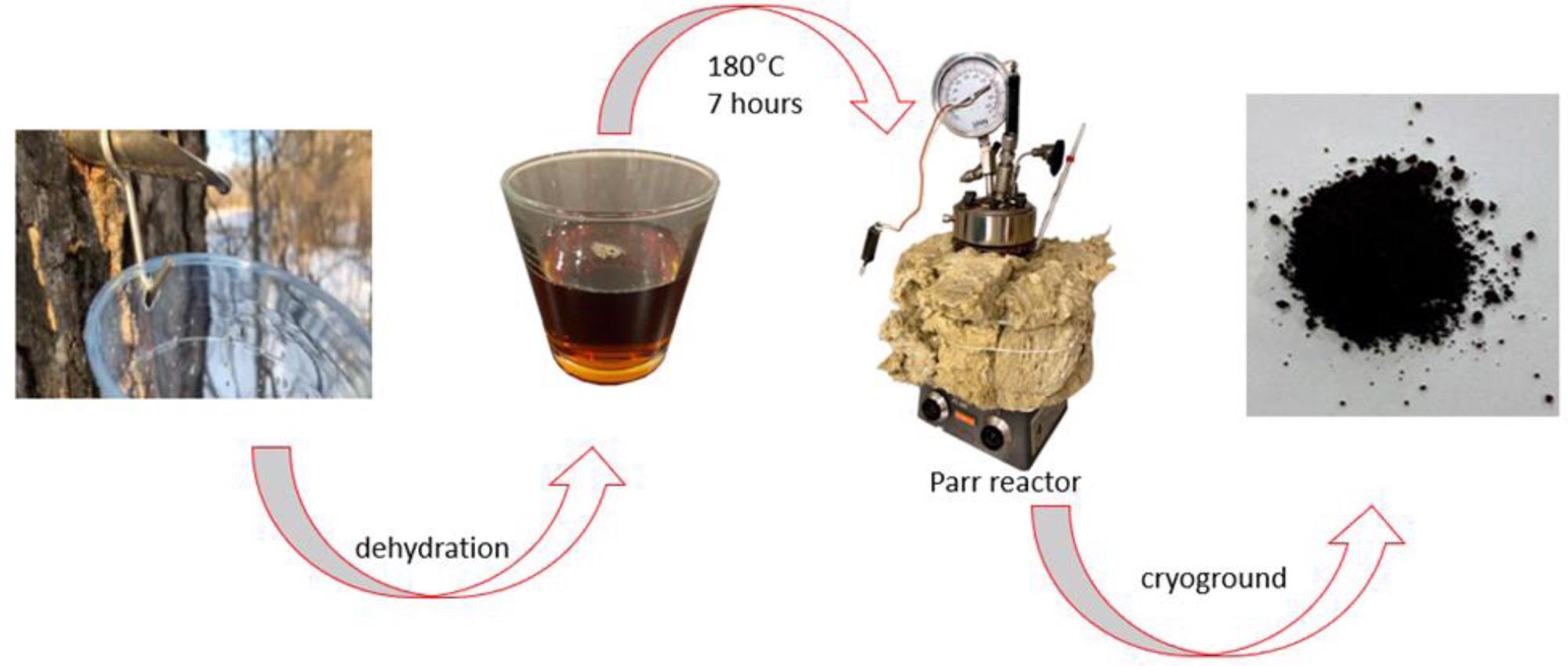According to a study published in the journal Energy Reports, a group of researchers developed various innovative chemosensor devices employing hydrothermally produced fluorescent carbon from xylem sap.

Study: Hydrothermally carbonized xylem sap for use in chemosensors, on and off switches, and memory devices. Image Credit: Zsolyomi/Shutterstock.com
Most notably, when ultra violet (UV) light is shone, the carbon can monitor Fe3+ ions and pH by the "naked eye", which is a first for xylem-derived compounds.
Excellent photo-stability and responsivity with a large stroke shift were detected. The researchers developed proof-of-concept devices such as a chemosensor, an on-off switch, and a storage device using electronics and hydrochar's structural characteristics.
The results show that hydrochar xylem syrup has a 0.32 nm interfacial distance and an ID/IG value of 0.22, which was close to graphitic structures. This product can operate as a sophisticated nano-device and replace typical MOSFET-based devices by utilizing logic gates as chemosensors.
Sustainable hydrocarbons are gaining popularity as a potential source of energy for novel energy storage devices, detectors, advanced materials, medicine, and environmental control.
A Suitable Method to Obtain Fluorescence
Fluorescent compounds have received much interest in technological and medical uses throughout the last decade.
Hydrothermal carbonization is one way to obtain fluorescence. Hydrogen, liquid phases, and carbon-containing hydrochar (HC) are produced by hydrothermal conversion of biomass.
Energy is applied to biomass in a suitable solvent at high pressure and temperature varying from 2–10 MPa for an extended length of time to produce HC.
Advantages of Hydrothermal Carbonization
Unlike ignition, thermal decomposition, and desalination, hydrothermal carbonization does not necessitate the organic matter to be dry preoperatively.
Hydrothermal carbonization uses less fuel and produces more carbon than combustion. Organic amendments, catalysts for fabrication, cheap fuel, and contaminant absorption are all possible uses of the HC produced.
Xylem Sap
Xylem sap, taken from woody plants during the freeze-thaw process, is an ecologically viable source of carbon. The sap contains traces of phenols, basic amines, enzymes, peptides, lipids, and micronutrients, as well as up to 3% premium quality sugars by content.
According to researchers, no work has been performed on the production of carbon products from the xylem sap source.
Importance of Fe+3 Ions Detection
Fe ions are important for cell activity, involving metabolic reactions, blood circulation, ion transport systems, and enzyme cofactors, hence their detection is important in biological sciences. Furthermore, because iron is the most plentiful metal on the earth by weight, it is widely employed in metal fabrication.
Fe3+ ions have been detected in environmental and biological systems using carbon allotropes such as nanocrystals and graphene-like nanostructures.
Fluorescence detecting of Fe3+ ions has a lot of benefits, including high specificity, accuracy, and accessibility of use.

Mechanism to form fluorescent selective ion detecting in HC. © Semeniuk, M., Tjong, J., Lu, Z. and Sain, M., (2022)
Research Findings and Conclusion
In this research, the researchers manufacture luminous HC. Xylem sap from Acer saccharum was gathered in the winter season and dehydrated to make molasses.
The carbon-containing material may monitor Fe3+ metallic ions and pH. A metal ion and pH mechanism was hypothesized.
Based on hydrothermal treatment of xylem sap, the researchers devised a unique, cheaper approach to manufacture graphitic carbon with chosen impregnated components. During the synthesis, this technique removes the need for dangerous synthetic compounds.
This new crystalline sp2 hybridized carbon has been shown to detect pH and Fe3+ ions selectively for biomedical and environmental applications. The logic gates NOT, AND, and NOR were created for use as an on/off toggle, a chemosensor, and a storage device.
Chemosensors dependent on logic gates can serve as advanced materials and aid in the development of smart nano-devices.
Reference
Semeniuk, M., Tjong, J., Lu, Z. and Sain, M., (2022) Hydrothermally carbonized xylem sap for use in chemosensors, on and off switches, and memory devices. Energy Reports, 8, pp.3213-3220. https://www.sciencedirect.com/science/article/pii/S2352484722003730?via%3Dihub
Disclaimer: The views expressed here are those of the author expressed in their private capacity and do not necessarily represent the views of AZoM.com Limited T/A AZoNetwork the owner and operator of this website. This disclaimer forms part of the Terms and conditions of use of this website.